Here is the challenge of the modern day 21st century parent. You may live in an apartment where outdoor space is virtually nonexistent for children activities; or even if this outdoor space is available, digital gadgets have a stranglehold on the kids. The result is that there is no motivation for children to go out and play.
Yet play is an integral part of a child’s growth. It is at the playground that children learn and pick up new skills like team work, communication and endurance. Here they learn to explore, to smell-to touch and discover for themselves how the world around them works. Role play flourishes at the playground. It is a critical aspect of a child’s development.
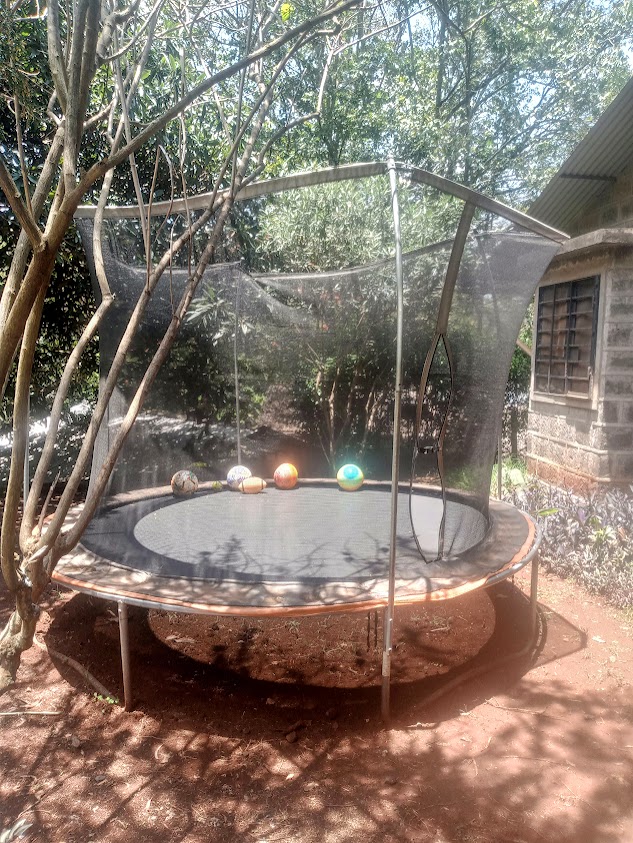
So how do you entice children to go out and play? By having landscape spaces designed to suit their playful instincts.
Fortunately, a children’s retreat need not cost the earth. Nor do they have to elaborate installations. Instead, they can be made from simple materials, some improvised that will not only fit frugal budgets, but also adaptable to small spaces.
What to consider before making landscape spaces for Children
1. Safety is important consideration.
Landscape spaces for children should be located within immediate reach and at a spot that can easily be watched over from the kitchen window, porch or terrace. Where this is not possible, then a parent or responsible adult must be physically present.
2. Understand personality of the child.
Hyper active are the rough cut lots; the type that runs all over engaging in exacting activities like riding, skating or ball games. For such hard surfaces in form of paved concrete, bricks or stonework are appropriate. For a lawn, a tough turf of kikuyu or Maadi river grass that withstands trampling is highly recommended
On the other hand sedentary children are the contemplative types who spend most of their time in one spot absorbed in molding, drawing or erecting stuff. This group will make do with a few toys, sandboxes, teddy bears, or swings.
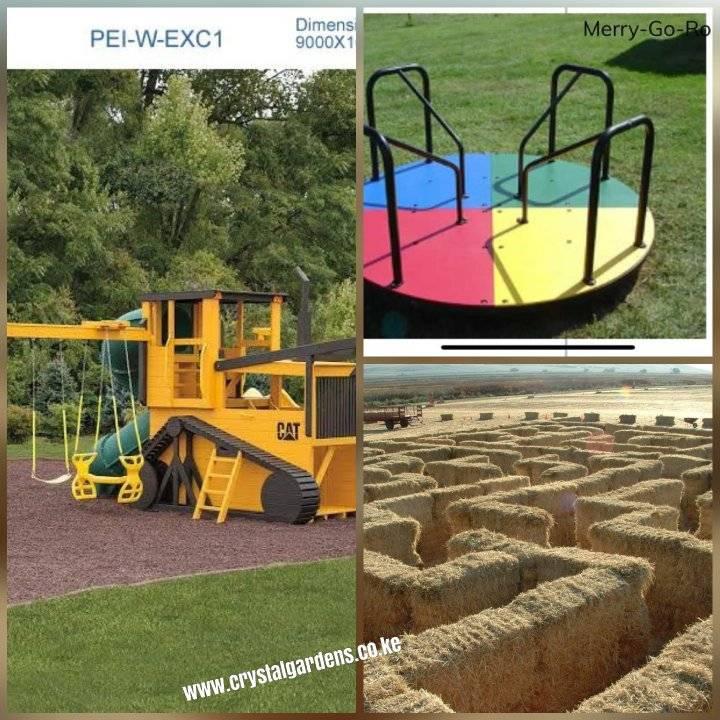
3. Does the child have special needs,
Some children may have special needs especially if they are physically or mentally challenged. For these, a minder to lead them through play should be availed. Similarly, the play equipment should be suitably tailored to meet their needs. Physically challenged children will require ramps while those with impaired hearing may require bells and other noise generating equipment to aid in their hearing and sound identification
4. Involve the Children
If children are discerning enough seek their views as to what they would prefer for play tools so that you don’t install features that are not in tandem with their interests. Similarly, most children adore dirt which seems to have an infinite allure for them. Rather than risk having them groveling in unsafe materials, provide cleansed soil or sand with which they can play.
Types of landscape spaces for children.
- Climbing structures.
This is the best way to enhance motor skills, coordination and balance. Climbing heights are almost a universal childhood favorite. So, seek to install heights in form of tree-houses, nets, ladders or raised ramps.
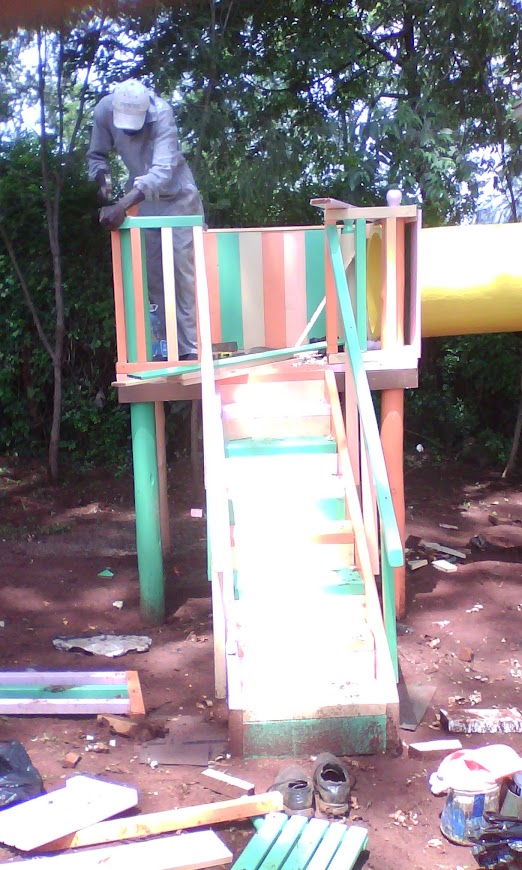
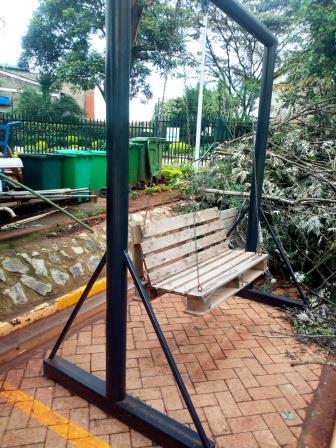
- Sensory gardens
Plant scented flowers and aromatic herbs that will simulate children’s senses. This could be in a bed or even pots. Use wind chimes, hanging bells and the leaking tank”. Sensory garden s are ideal for cognitive development.
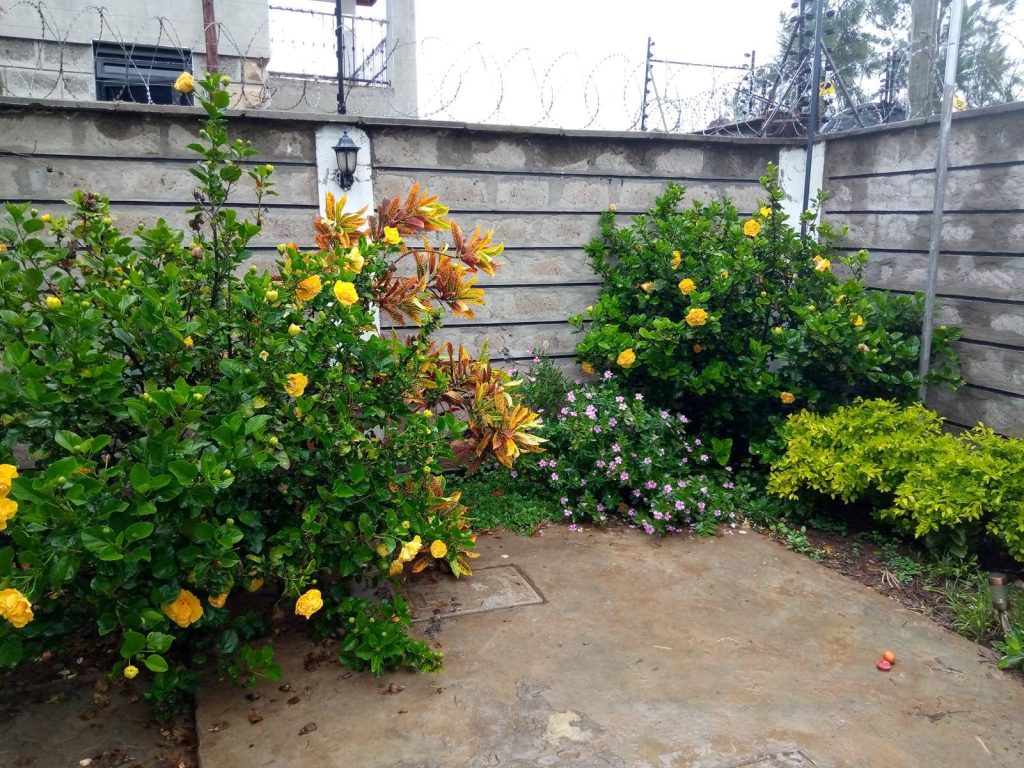
- Outdoor learning areas
Turn your outdoor into informal classrooms where learning occurs in real time. You can put up benches or logs for seating, have mini weather stations or grow vegetables to give children hands on experience in aspectsthey learn in school.
Have a pond a splash pad, a pool or small pond where children can indulge and cool on hot days. Aquatic plants added to this area can teach children about ecology.
- Mazes
Mazes provide an appealing play option for almost all children. Easily made from arranging hay bales, the trick is in getting a good designer who can create something to fit your space without having you break the bank. I have seen for instance, members of a gated community pool resources to instal a maze-much to the joy of estate children.
- Adventure trails
Design nature trails meander through your garden using paving, bridges and tunnels to create suspense and anticipation. You can, at certain intervals highlight educational poster pointing out plant names, rock types and tree forms.
Conclusion
The common refrain that children will always be children is an allusion to their need to vent energy no matter the environment. This implies that regardless of where they grow, they will still need to exercise their playful instincts. As a parent you owe them an opportunity to address this desire in a safe and timely manner. Whatever garden option you provide, it should be a cardinal rule that a First Aid kit be within instant reach. Bruises and cuts are terms that may be part of your regular conversations.

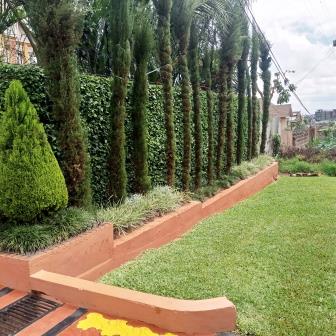
Leave a Reply